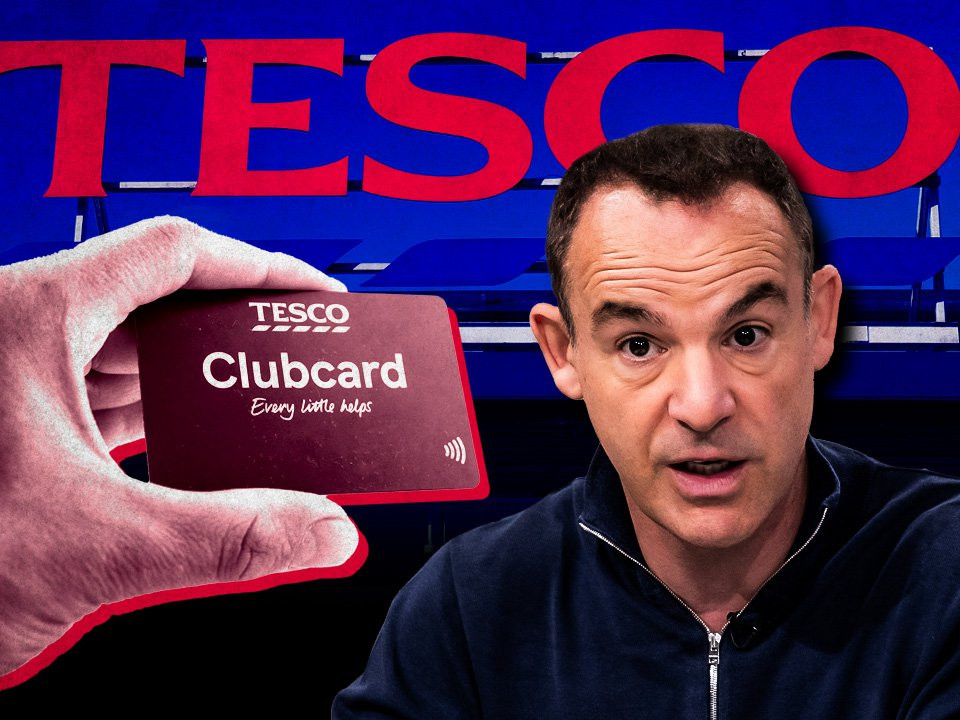The Rise of Model Portfolios: A New Era in Investment Management
Asset allocation model portfolios, which are catching on in the U.S., provide another way for advisors to outsource investment management.
Asset allocation model portfolios are gaining popularity in the U.S., and Canada may not be far behind. A recent report by Boston-based research firm Cerulli Associates Inc. predicts assets in these “full portfolio solutions” will rise to US$2.9-trillion by 2026 in the U.S.
These portfolios are a “one-stop-shopping” type of investment that offers a target risk level (such as conservative, balanced or growth) or a target asset allocation (such as equities, fixed income, or multi-asset). They’re comprised of mutual funds and exchange-traded funds as well as separately managed accounts (SMAs). They don’t include single stock or bond allocations unless those securities are wrapped into an SMA being used as a building block in the model, says Matt Apkarian, associate director at Cerulli. The building blocks can be from more than one provider or they can all be from one provider.
The models may form part of a unified managed account (UMA), solutions that aggregate multiple investment accounts and strategies into one overall client account, he says.
Mr. Apkarian says the portfolios are becoming very popular among advisors facing fee-related pressures and trying to grow their books of business.
“Clients go to financial advisors and they want more than just a retirement savings strategy,” he says, citing comprehensive financial plans, tax planning and estate planning as increasingly important services.
“For an advisor to be able to offer those services, they need to free up time elsewhere. The place where it makes the most sense for them to free up that time is investment management.”
Mr. Apkarian says empirical data has found advisors aren’t as successful in choosing investments as asset managers with large teams of analysts.
Cerulli’s report found that the percentage of advisor assets managed by firms identifying as model users increased to 13 per cent at the end of 2023. In addition, more than one-third (34 per cent) of advisors who outsource investment management said they expect to increase their use of model portfolios over the next 12 months.
The Growing Demand for Open-Architecture Models
While most model portfolios only include a company’s proprietary investment products, demand for “open-architecture” portfolios is growing as advisors want the ability to choose from a diversified set of asset managers, the report says. Cerulli found that “30 per cent of asset manager model providers plan to expand the use of non-proprietary investment options in models to meet the demands of advisors seeking open-architecture products.”
That also means asset managers should be looking at how to get their funds and products into other providers’ model portfolios to increase distribution, Mr. Apkarian says.
“It’s a significant distribution opportunity,” he says. “The partnerships are viewed as very important and very strategic.”
Open-architecture models mean an asset manager could, for example, create a model portfolio that includes BlackRock Inc. for equities, Pacific Investment Management Company LLC (a.k.a. PIMCO) for fixed income, and another provider for liquid alternatives, Mr. Apkarian explains. It also means asset managers that don’t want to create their own model portfolios can team up with a company that does.
For example, in the U.S., BlackRock offers a wide range of model portfolios advisors can use, including a growth and income portfolio produced in partnership with PIMCO. Others who have jumped into model portfolios include Capital Group Cos. Inc. and State Street Corp.
The Canadian Landscape: A Shift Towards Independence
“We know the Canadian model business is probably five to 10 years behind the U.S.,” Mr. Apkarian says.
Nevertheless, asset allocation model portfolios are starting to gain attention from advisors and asset managers north of the border, says Dennis Tew, head of sales at Franklin Templeton Canada.
The U.S. has a head start with technology platforms that allow for easier trading with these models, he notes. A drawback in Canada is many distributors want to create their own models for their advisor base and not use models created by other companies. But he says that’s beginning to shift.
“What’s changing in Canada is some of the platforms and a lot of advisors are looking for more independence,” Mr. Tew says.
Advisors are also seeing the value of outsourcing investment management, which allows them to provide more “holistic wealth” services to a growing number of clients, he adds.
It’s also a bonus for dealer head offices, Mr. Tew notes, as model portfolios make compliance easier and “put some guardrails around how advisors are managing money.”
The Opportunity for Canadian Asset Managers
Canadian asset managers are also seeing the opportunity to create asset allocation model portfolios that can be offered to advisors.
“We’re just starting to see a few dealers in Canada look to start to provide third-party models – so, something that they haven’t created themselves,” Mr. Tew says, noting Franklin Templeton already does that south of the border.
“In the U.S., we create third-party models where Franklin Templeton doesn’t even necessarily have to be in it, and we do it for a lot of the big distributors in the U.S. and a lot of the big insurance companies,” Mr. Tew says.
Franklin Templeton already offers model portfolios in Canada, and the fund manager says it’s “actively looking” to add those portfolios to unified managed account (UMA) platforms for various dealers in Canada.
As a pure asset manager without a distribution network, model portfolios allow the company, and the Franklin Templeton Investment Solutions team, to “sell our ability to create the models,” Mr. Tew says. Those products can include Franklin Templeton investments exclusively or those from other asset managers.
“That’s where the real benefit to us is, in having our asset management included … in the models that end clients are using,” Mr. Tew notes. “And we would go to any of the platforms today creating their own models and make a case for our asset management to be in their models. We do that all the time.”
Mr. Tew says model portfolios will become a bigger part of how advisors handle client accounts.
Powered by ETFs: A New Approach to Model Portfolios
Why Powered by ETFs is a Win for Advisors:
- Brainpower: Leverage the combined knowledge of three experienced active managers, gaining insights and strategies across key investment asset classes.
- Tailored Asset Allocation: Access rigorously constructed models that match your clients' risk tolerance.
- Hassle-Free Implementation: Burney's curated OCIO services streamline model utilization and client communication.
Expertise Across the Investment Spectrum:
- US Equities: Burney's Size & Style Responsive approach seeks to enhance portfolio resilience through dynamic adjustments.
- International Markets: Rayliant's data-driven strategies seek to unlock alpha in global markets, especially overlooked emerging and Asian economies.
- Alternative Investments: Clough's knowledge in alternatives can offer crucial diversification and potential for enhanced risk-adjusted returns.
The Powered by ETFs Advantage:
- OCIO Services: Advisors can qualify for Burney's comprehensive Outsourced CIO services at no additional cost when you allocate to these models (subject to minimums).
- Enhanced Research: Benefit from collaborative insights from all three firms, significantly expanding research depth and breadth.
- Active Management: Unlike static models, these ETFs adjust to changing market conditions, taking the burden off your shoulders.
The launch of Powered by ETFs underscores the growing trend of advisors seeking more efficient and customizable investment solutions. With the increasing complexity of the financial landscape and the need for advisors to provide holistic wealth management services, model portfolios are poised to play a significant role in shaping the future of the industry.

















